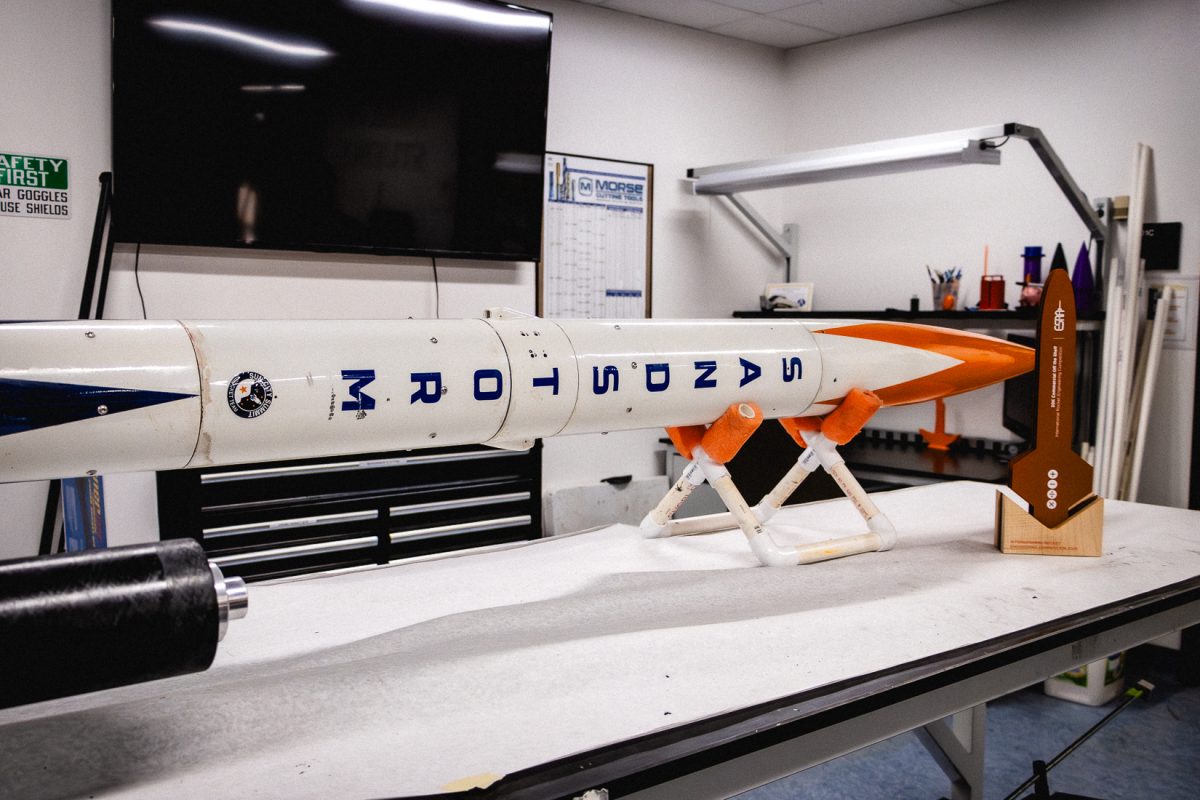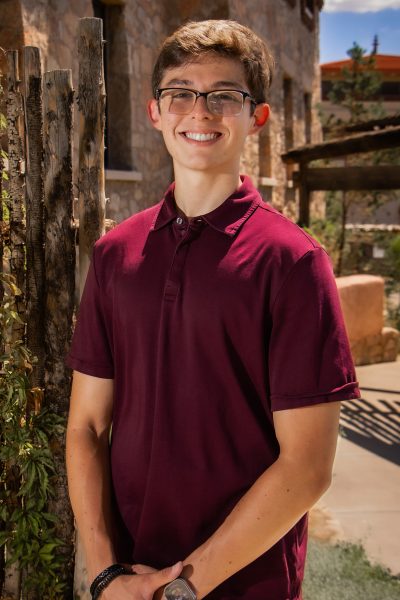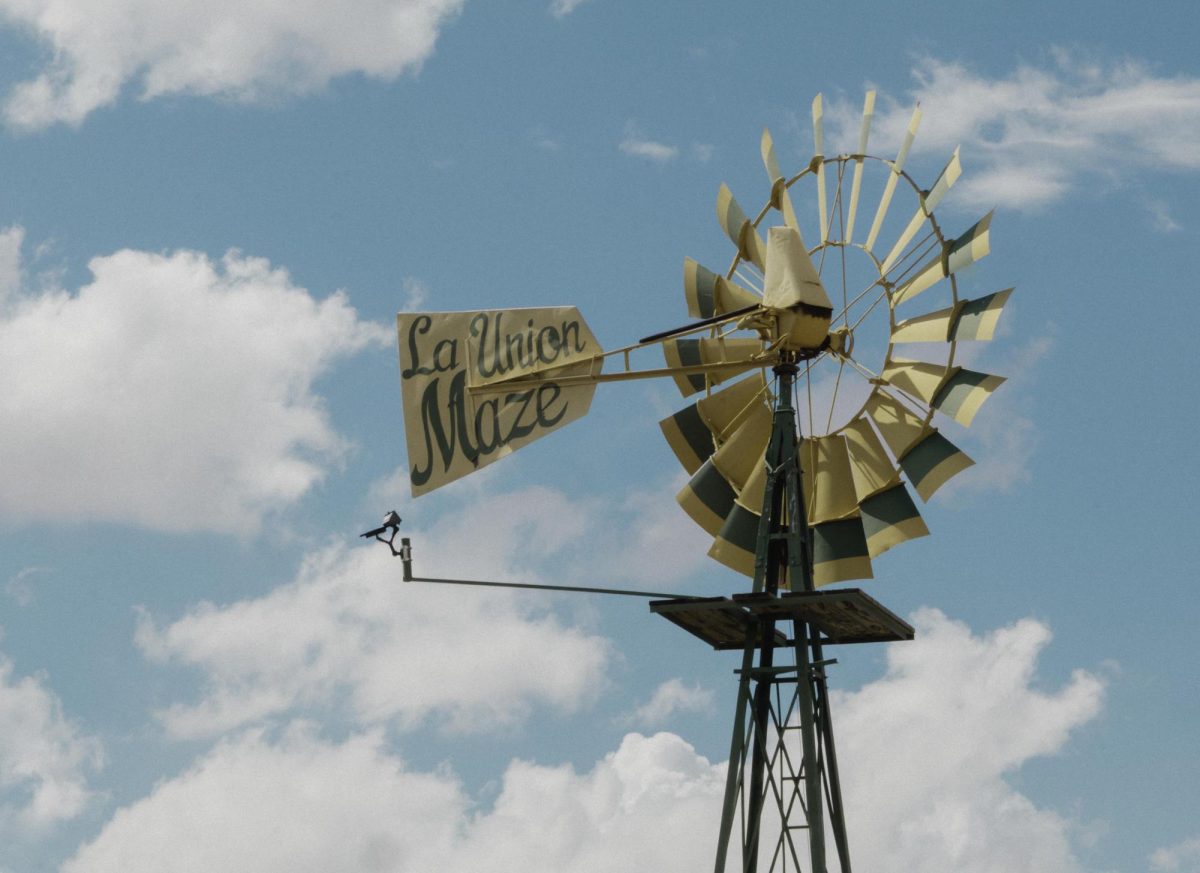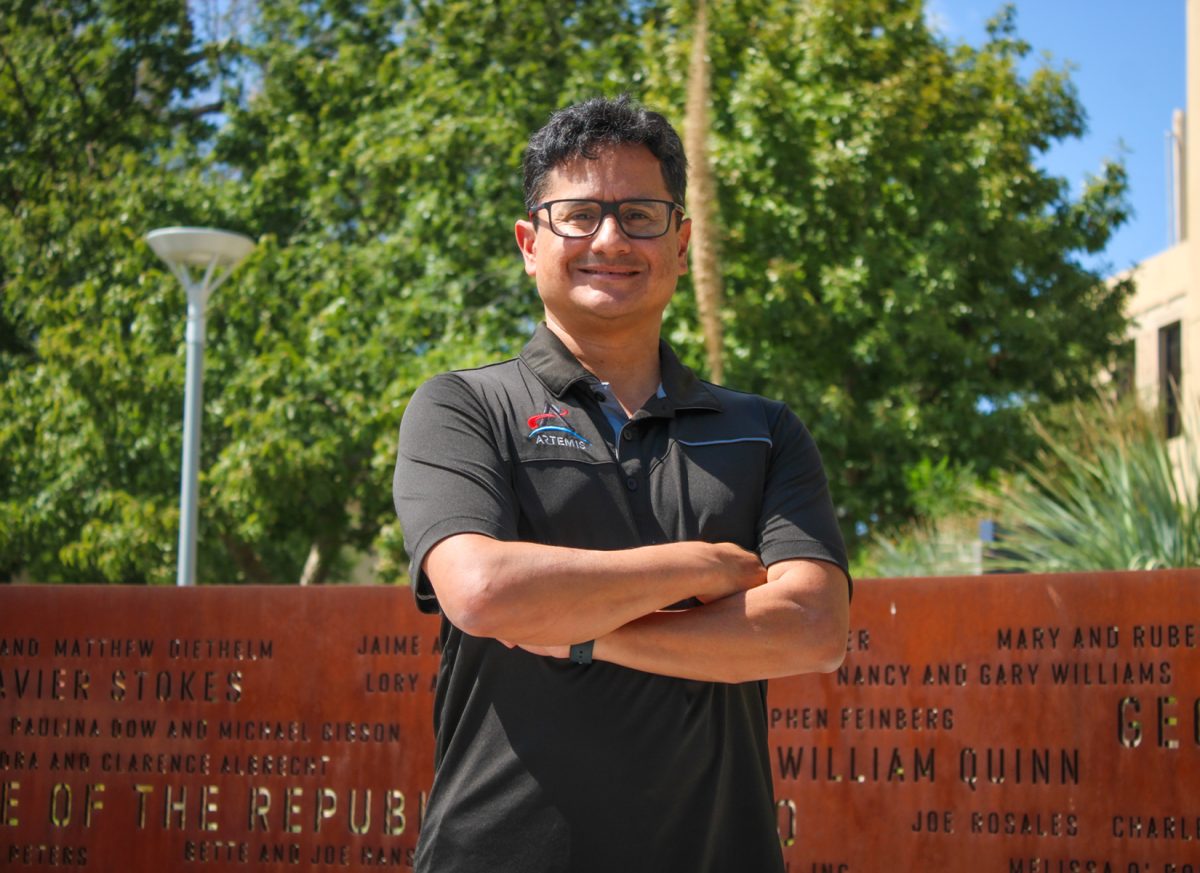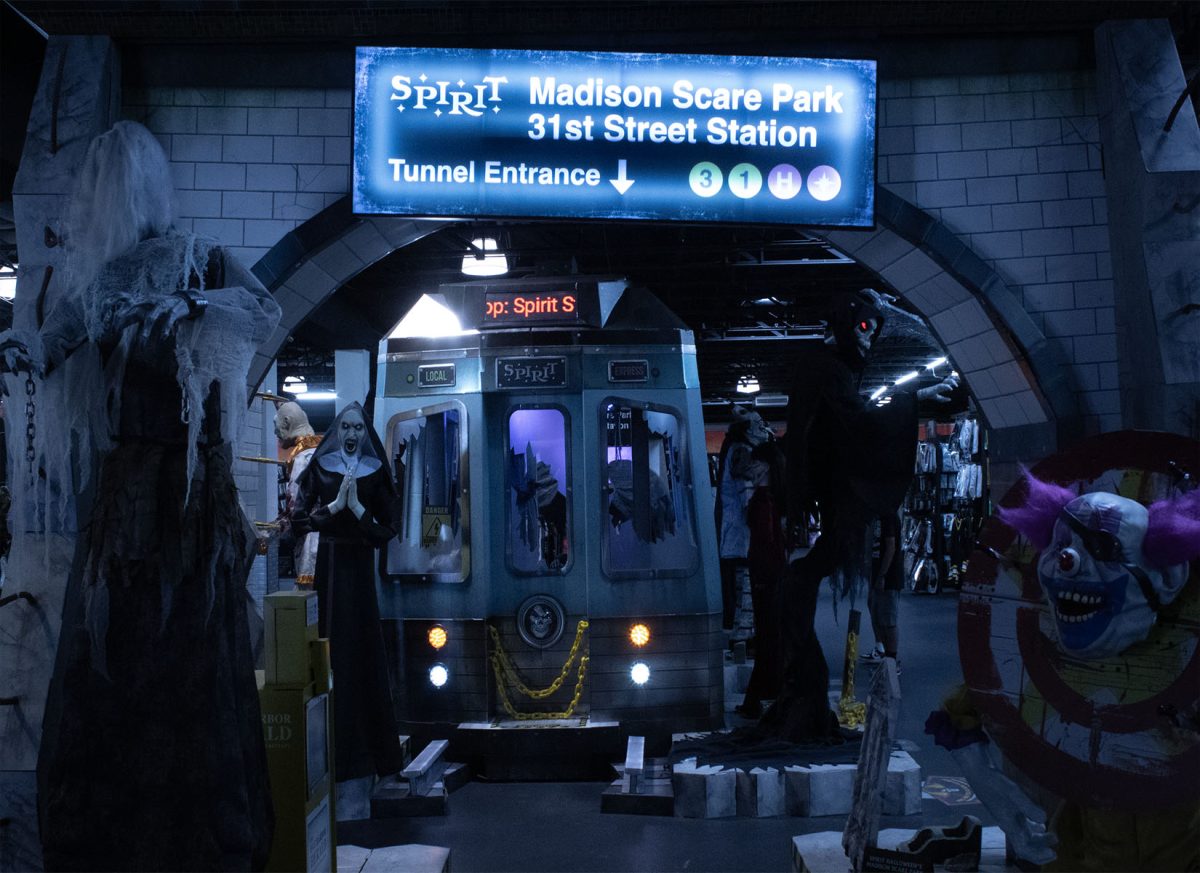On July 20, 1969, the sky was no longer the limit for humanity when Neil Armstrong became the first man to step on the moon. A moment that ignited the desire to know more about the galaxy surrounding Earth.
Fifty-six years later human space travel is no longer unusual, but the motivation to explore it has expanded from solely research to commercialization opportunities that can possibly send willing bidders into orbit.
In June, private company Axiom space sent four astronauts to the International Space Station (ISS) in collaboration with Elon Musk’s SpaceX corporation, who designed the Falcon 9 block five rocket for the mission.
The trip is a result of the National Aeronautics and Space Administration’s (NASA) $140 million grant awarded to Axiom space in 2020, aiding in the firm’s goal to commercialize space travel for humans and build a space station of their own after the ISS is decommissioned in 2030.
“Through our station, we will open lower orbit to the world. To explore, to travel, to complete science in space and beyond,” Executive Vice President of Axiom Space, Mark Greely said in a video published on the company’s website.
NASA plans to deorbit the ISS in 2031, citing that the station’s technical lifetime is limited by its primary structure, which is affected by the spacecrafts that are docked and undocked in the station, putting more pressure on the ISS’s infrastructure.
Instead of continuing to fund the ISS, NASA plans to focus on private space corporations, writing that the deorbiting of the station “will allow NASA to buy the services it needs from commercial companies for research and technology.”
NASA’s future plan marks a distinction in space exploration between the United States of America and foreign governments.
Dejena Cucak, Ph.D., is an assistant professor in the Electrical Engineering Department at the University of Texas at El Paso (UTEP). Cucak is originally from Serbia and earned her Ph.D. in Spain. She worked at The European Space Station before moving to the USA to continue her career in the world of academia.
“What I like about the U.S. is the fact that you have public space exploration and private space exploration. I think research is on a completely different level and that’s why I’m here,” Cucak said. “You cannot get easily funded (in Europe). It’s not easy to get grants or $1 million dollars or euros.”
Between 2020 and 2023, NASA awarded over $15 billion in grants and contracts to private space companies. In 2024, the US government spent a total of $79.7 billion on space programs both private and public, making it the global leader in space expenditure.
“I think the approach that exists here where any idea can get funded is huge,” Cucak said. “If you have a really good idea, you can easily back it up, you can get the funding you need and you can really make it work.”
Former NASA interns Brandon Lara and Diego Natividad have been witnesses to the ever-changing landscape of US aerospace research.
“NASA is really over research in getting us to a place,” Lara said. “I feel like we’re going to lose the fundamental idea behind this, which is research and getting us somewhere.”
Lara is an alumnus of the NASA High School Aerospace (HAS) program. The program is offered to exclusively high school juniors in Texas and provides its scholars with a lens into the life of an aerospace engineer.
“I feel like private agencies, as much as it is for research, is also about money,” Lara said.
At the end of 2024, the global space economy was valued at $596 billion and is estimated to be worth $944 billion by 2033. Individual profit numbers have not been made public by the major space corporations.
Texas Tech sophomore, Diego Natividad, a two-time NASA intern who conducted research in collaboration with the Airforce regarding Mars rover prototypes and housing components designed for drones powered by Artificial Intelligence, believes private companies serve to advance aerospace research.
“I believe them (private companies) doing their research being funded by NASA is a really good thing because they don’t have to go through as many loopholes,” Natividad said. “There’s more room for growth with those companies compared to NASA.”
“It’s a lot more competitive,” Cucak said over contrasting public and private sector research. “You’re always focused on getting things done in the most efficient way, in the most cost-efficient way, you have to work maybe more compared to (the) public sector. But as a researcher and scientist, that’s how you make huge progress and milestones.”
Yet, progress made by private corporations still need to be surveyed morally and legally.
“No, of course it’s not ethical,” Cucak said in regard to private companies withholding information for profit. “But here in the States, private space sectors need to follow Federal Aviation Administration (FAA) regulations.”
As private sector research continues to grow, the possibility of sending humans into space becomes more of a reality.
“I definitely think that these private companies can go all in,” Natividad said.
“The most important thing if we talk about touristic and commercial space flight is that it’s safe for the people who travel,” Cucak said.
When Armstrong first stepped on the moon he infamously said, “One small step for man, one giant leap for mankind.” Funding for contemporary research has shown that the next giant leap into space exploration may not come from a government agency but a private company.
Sebastian Perez-Navarro is the multimedia editor for The Prospector and can be reached at [email protected] or Instagram and X @sebastianpn8, and on LinkedIn @sebastianperez-navarro.


